自定义选项在使用 protojson 库生成的 JSON 中不可见
使用 protojson 库生成的 JSON 中缺少自定义选项。本文探讨了如何使用 protoreflect 或 protojson 从 filedescriptorset 中提取自定义选项。虽然本文没有直接提供在生成的 JSON 中获取自定义选项的具体方法,但它提供了利用运行时填充的原型注册表来编组和解组选项的解决方案。这种方法涉及注册所有扩展类型并使用 protoreflect 反射来遍历扩展字段,从而获取自定义选项的值。
我正在尝试从 protoc 编译器生成的 filedescriptorset 中提取 protobuf 自定义选项。我无法使用 protoreflect 来做到这一点。因此,我尝试使用 protojson 库来做到这一点。
ps:导入 go 生成的代码不适合我的用例。
这是我正在测试的 protobuf 消息:
syntax = "proto3";
option go_package = "./protoze";
import "google/protobuf/descriptor.proto";
extend google.protobuf.fieldoptions {
string meta = 50000;
}
extend google.protobuf.fileoptions {
string food = 50001;
}
option (food) = "cheese";
message x {
int64 num = 1;
}
message p {
string fname = 1 [json_name = "fname"];
string lname = 2 [json_name = "0123", (meta) = "yo"];
string designation = 3;
repeated string email = 4;
string userid = 5;
string empid = 6;
repeated x z = 7;
}
// protoc --go_out=. filename.proto
这是我的进展:
package main
import (
"fmt"
"io/ioutil"
"os/exec"
"google.golang.org/protobuf/encoding/protojson"
"google.golang.org/protobuf/proto"
"google.golang.org/protobuf/types/descriptorpb"
)
func main() {
exec.command("protoc", "-obinaryfile", "1.proto").run()
fset := descriptorpb.filedescriptorset{}
byts, _ := ioutil.readfile("file")
proto.unmarshal(byts, &fset)
byts, _ = protojson.marshal(fset.file[0])
fmt.println(string(byts))
}
这是输出 json
{
"name": "1.proto",
"dependency": [
"google/protobuf/descriptor.proto"
],
"messageType": [
{
"name": "X",
"field": [
{
"name": "num",
"number": 1,
"label": "LABEL_OPTIONAL",
"type": "TYPE_INT64",
"jsonName": "num"
}
]
},
{
"name": "P",
"field": [
{
"name": "Fname",
"number": 1,
"label": "LABEL_OPTIONAL",
"type": "TYPE_STRING",
"jsonName": "FNAME"
},
{
"name": "Lname",
"number": 2,
"label": "LABEL_OPTIONAL",
"type": "TYPE_STRING",
"jsonName": "0123",
"options": {}
},
{
"name": "Designation",
"number": 3,
"label": "LABEL_OPTIONAL",
"type": "TYPE_STRING",
"jsonName": "Designation"
},
{
"name": "Email",
"number": 4,
"label": "LABEL_REPEATED",
"type": "TYPE_STRING",
"jsonName": "Email"
},
{
"name": "UserID",
"number": 5,
"label": "LABEL_OPTIONAL",
"type": "TYPE_STRING",
"jsonName": "UserID"
},
{
"name": "EmpID",
"number": 6,
"label": "LABEL_OPTIONAL",
"type": "TYPE_STRING",
"jsonName": "EmpID"
},
{
"name": "z",
"number": 7,
"label": "LABEL_REPEATED",
"type": "TYPE_MESSAGE",
"typeName": ".X",
"jsonName": "z"
}
]
}
],
"extension": [
{
"name": "Meta",
"number": 50000,
"label": "LABEL_OPTIONAL",
"type": "TYPE_STRING",
"extendee": ".google.protobuf.FieldOptions",
"jsonName": "Meta"
},
{
"name": "Food",
"number": 50001,
"label": "LABEL_OPTIONAL",
"type": "TYPE_STRING",
"extendee": ".google.protobuf.FileOptions",
"jsonName": "Food"
}
],
"options": {
"goPackage": "./protoze"
},
"syntax": "proto3"
}
因此,有关我的自定义选项的数据显示在扩展中。但我真正想要的是“选项”中那些自定义选项的值。 (在我的例子中是(食物)=“奶酪”,我想要奶酪)
有人可以告诉我如何使用 protoreflect 或使用 protojson 从 filedescriptorset 中提取自定义选项。
我尝试了很多尝试使用 protoreflect 来提取它,但失败了!
解决方案
虽然不是具体回答如何在生成的 json 中获取自定义选项,但我相信我已经找到了听起来像您的基本问题的答案:如何在不加载生成的 go 代码的情况下访问自定义选项。这要感谢 dsnet 对我在 golang issues board 上的问题的回答。不用说,这个棘手的解决方案的所有功劳都归功于他。重点是使用运行时填充的原型注册表来编组和解组选项。实际上了解自定义选项的类型。
我对这种方法的工作原理进行了完整的演示 in this repo,关键部分(所有内容都来自 dsnet 的示例)在这里:
func main() {
protogen.Options{
}.Run(func(gen *protogen.Plugin) error {
gen.SupportedFeatures = uint64(pluginpb.CodeGeneratorResponse_FEATURE_PROTO3_OPTIONAL)
// The type information for all extensions is in the source files,
// so we need to extract them into a dynamically created protoregistry.Types.
extTypes := new(protoregistry.Types)
for _, file := range gen.Files {
if err := registerAllExtensions(extTypes, file.Desc); err != nil {
panic(err)
}
}
// run through the files again, extracting and printing the Message options
for _, sourceFile := range gen.Files {
if !sourceFile.Generate {
continue
}
// setup output file
outputfile := gen.NewGeneratedFile("./out.txt", sourceFile.GoImportPath)
for _, message := range sourceFile.Messages {
outputfile.P(fmt.Sprintf("\nMessage %s:", message.Desc.Name()))
// The MessageOptions as provided by protoc does not know about
// dynamically created extensions, so they are left as unknown fields.
// We round-trip marshal and unmarshal the options with
// a dynamically created resolver that does know about extensions at runtime.
options := message.Desc.Options().(*descriptorpb.MessageOptions)
b, err := proto.Marshal(options)
if err != nil {
panic(err)
}
options.Reset()
err = proto.UnmarshalOptions{Resolver: extTypes}.Unmarshal(b, options)
if err != nil {
panic(err)
}
// Use protobuf reflection to iterate over all the extension fields,
// looking for the ones that we are interested in.
options.ProtoReflect().Range(func(fd protoreflect.FieldDescriptor, v protoreflect.Value) bool {
if !fd.IsExtension() {
return true
}
outputfile.P(fmt.Sprintf("Value of option %s is %s",fd.Name(), v.String()))
// Make use of fd and v based on their reflective properties.
return true
})
}
}
return nil
})
}
// Recursively register all extensions into the provided protoregistry.Types,
// starting with the protoreflect.FileDescriptor and recursing into its MessageDescriptors,
// their nested MessageDescriptors, and so on.
//
// This leverages the fact that both protoreflect.FileDescriptor and protoreflect.MessageDescriptor
// have identical Messages() and Extensions() functions in order to recurse through a single function
func registerAllExtensions(extTypes *protoregistry.Types, descs interface {
Messages() protoreflect.MessageDescriptors
Extensions() protoreflect.ExtensionDescriptors
}) error {
mds := descs.Messages()
for i := 0; i < mds.Len(); i++ {
registerAllExtensions(extTypes, mds.Get(i))
}
xds := descs.Extensions()
for i := 0; i < xds.Len(); i++ {
if err := extTypes.RegisterExtension(dynamicpb.NewExtensionType(xds.Get(i))); err != nil {
return err
}
}
return nil
}
文中关于的知识介绍,希望对你的学习有所帮助!若是受益匪浅,那就动动鼠标收藏这篇《自定义选项在使用 protojson 库生成的 JSON 中不可见》文章吧,也可关注golang学习网公众号了解相关技术文章。
 如何有效地将数据库结果存储在内存缓存中
如何有效地将数据库结果存储在内存缓存中
- 上一篇
- 如何有效地将数据库结果存储在内存缓存中

- 下一篇
- 立即生效VSCode中文设置的方法
-

- Golang · Go问答 | 1年前 |
- 在读取缓冲通道中的内容之前退出
- 139浏览 收藏
-
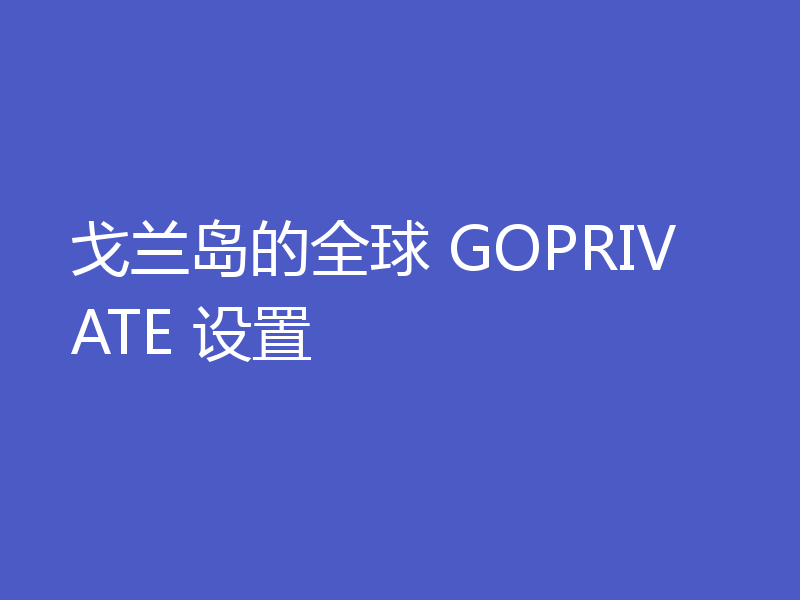
- Golang · Go问答 | 1年前 |
- 戈兰岛的全球 GOPRIVATE 设置
- 204浏览 收藏
-

- Golang · Go问答 | 1年前 |
- 如何将结构作为参数传递给 xml-rpc
- 325浏览 收藏
-

- Golang · Go问答 | 1年前 |
- 如何用golang获得小数点以下两位长度?
- 478浏览 收藏
-
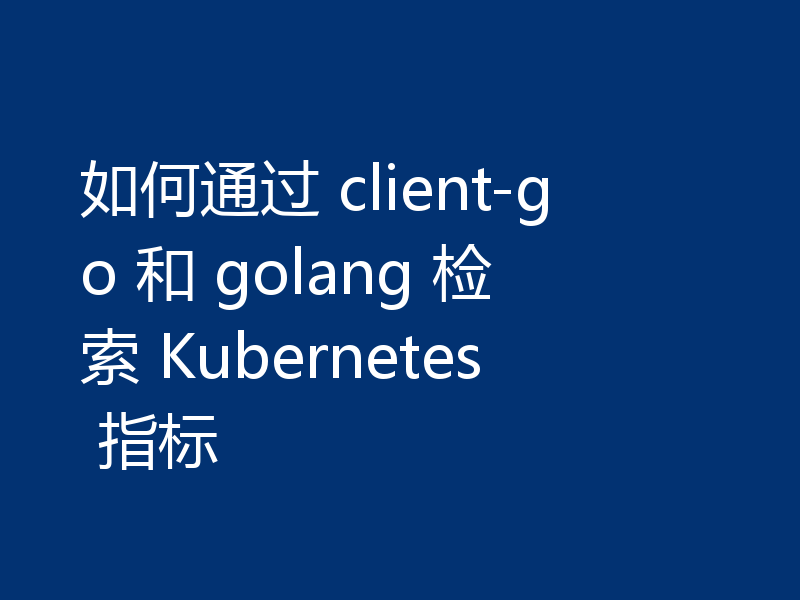
- Golang · Go问答 | 1年前 |
- 如何通过 client-go 和 golang 检索 Kubernetes 指标
- 486浏览 收藏
-

- Golang · Go问答 | 1年前 |
- 将多个“参数”映射到单个可变参数的习惯用法
- 439浏览 收藏
-
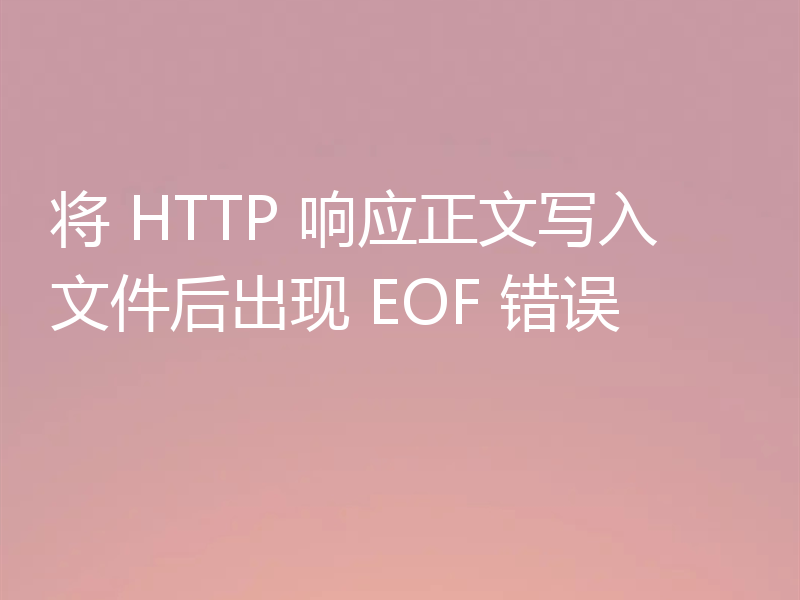
- Golang · Go问答 | 1年前 |
- 将 HTTP 响应正文写入文件后出现 EOF 错误
- 357浏览 收藏
-

- Golang · Go问答 | 1年前 |
- 结构中映射的匿名列表的“复合文字中缺少类型”
- 352浏览 收藏
-

- Golang · Go问答 | 1年前 |
- NATS Jetstream 的性能
- 101浏览 收藏
-

- Golang · Go问答 | 1年前 |
- 如何将复杂的字符串输入转换为mapstring?
- 440浏览 收藏
-
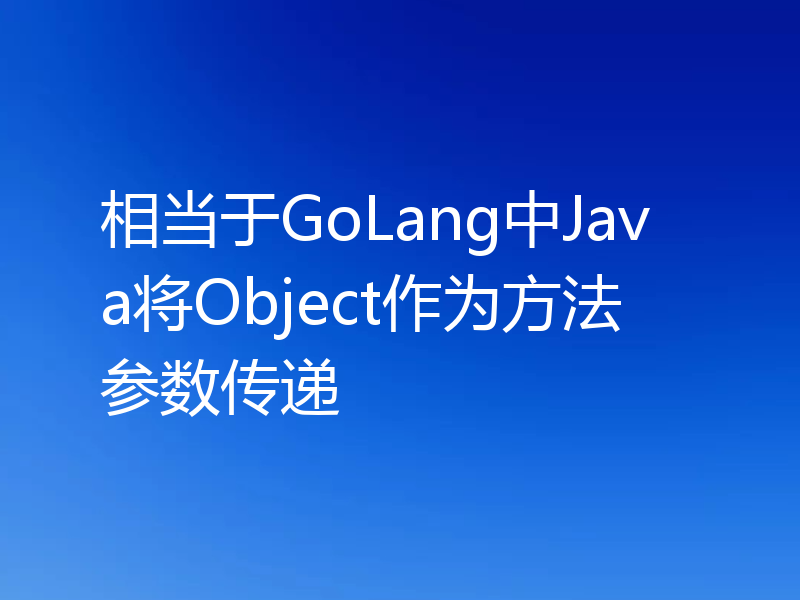
- Golang · Go问答 | 1年前 |
- 相当于GoLang中Java将Object作为方法参数传递
- 212浏览 收藏
-

- Golang · Go问答 | 1年前 |
- 如何确保所有 goroutine 在没有 time.Sleep 的情况下终止?
- 143浏览 收藏
-

- 前端进阶之JavaScript设计模式
- 设计模式是开发人员在软件开发过程中面临一般问题时的解决方案,代表了最佳的实践。本课程的主打内容包括JS常见设计模式以及具体应用场景,打造一站式知识长龙服务,适合有JS基础的同学学习。
- 543次学习
-

- GO语言核心编程课程
- 本课程采用真实案例,全面具体可落地,从理论到实践,一步一步将GO核心编程技术、编程思想、底层实现融会贯通,使学习者贴近时代脉搏,做IT互联网时代的弄潮儿。
- 515次学习
-

- 简单聊聊mysql8与网络通信
- 如有问题加微信:Le-studyg;在课程中,我们将首先介绍MySQL8的新特性,包括性能优化、安全增强、新数据类型等,帮助学生快速熟悉MySQL8的最新功能。接着,我们将深入解析MySQL的网络通信机制,包括协议、连接管理、数据传输等,让
- 499次学习
-

- JavaScript正则表达式基础与实战
- 在任何一门编程语言中,正则表达式,都是一项重要的知识,它提供了高效的字符串匹配与捕获机制,可以极大的简化程序设计。
- 487次学习
-

- 从零制作响应式网站—Grid布局
- 本系列教程将展示从零制作一个假想的网络科技公司官网,分为导航,轮播,关于我们,成功案例,服务流程,团队介绍,数据部分,公司动态,底部信息等内容区块。网站整体采用CSSGrid布局,支持响应式,有流畅过渡和展现动画。
- 484次学习
-

- AI Mermaid流程图
- SEO AI Mermaid 流程图工具:基于 Mermaid 语法,AI 辅助,自然语言生成流程图,提升可视化创作效率,适用于开发者、产品经理、教育工作者。
- 793次使用
-

- 搜获客【笔记生成器】
- 搜获客笔记生成器,国内首个聚焦小红书医美垂类的AI文案工具。1500万爆款文案库,行业专属算法,助您高效创作合规、引流的医美笔记,提升运营效率,引爆小红书流量!
- 809次使用
-

- iTerms
- iTerms是一款专业的一站式法律AI工作台,提供AI合同审查、AI合同起草及AI法律问答服务。通过智能问答、深度思考与联网检索,助您高效检索法律法规与司法判例,告别传统模板,实现合同一键起草与在线编辑,大幅提升法律事务处理效率。
- 830次使用
-
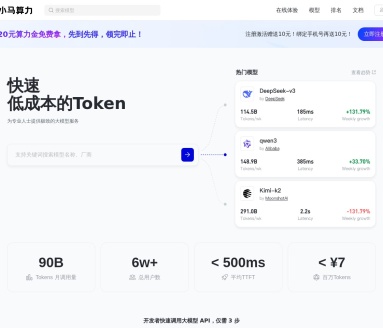
- TokenPony
- TokenPony是讯盟科技旗下的AI大模型聚合API平台。通过统一接口接入DeepSeek、Kimi、Qwen等主流模型,支持1024K超长上下文,实现零配置、免部署、极速响应与高性价比的AI应用开发,助力专业用户轻松构建智能服务。
- 893次使用
-

- 迅捷AIPPT
- 迅捷AIPPT是一款高效AI智能PPT生成软件,一键智能生成精美演示文稿。内置海量专业模板、多样风格,支持自定义大纲,助您轻松制作高质量PPT,大幅节省时间。
- 779次使用
-
- GoLand调式动态执行代码
- 2023-01-13 502浏览
-
- 用Nginx反向代理部署go写的网站。
- 2023-01-17 502浏览
-
- Golang取得代码运行时间的问题
- 2023-02-24 501浏览
-
- 请问 go 代码如何实现在代码改动后不需要Ctrl+c,然后重新 go run *.go 文件?
- 2023-01-08 501浏览
-
- 如何从同一个 io.Reader 读取多次
- 2023-04-11 501浏览



